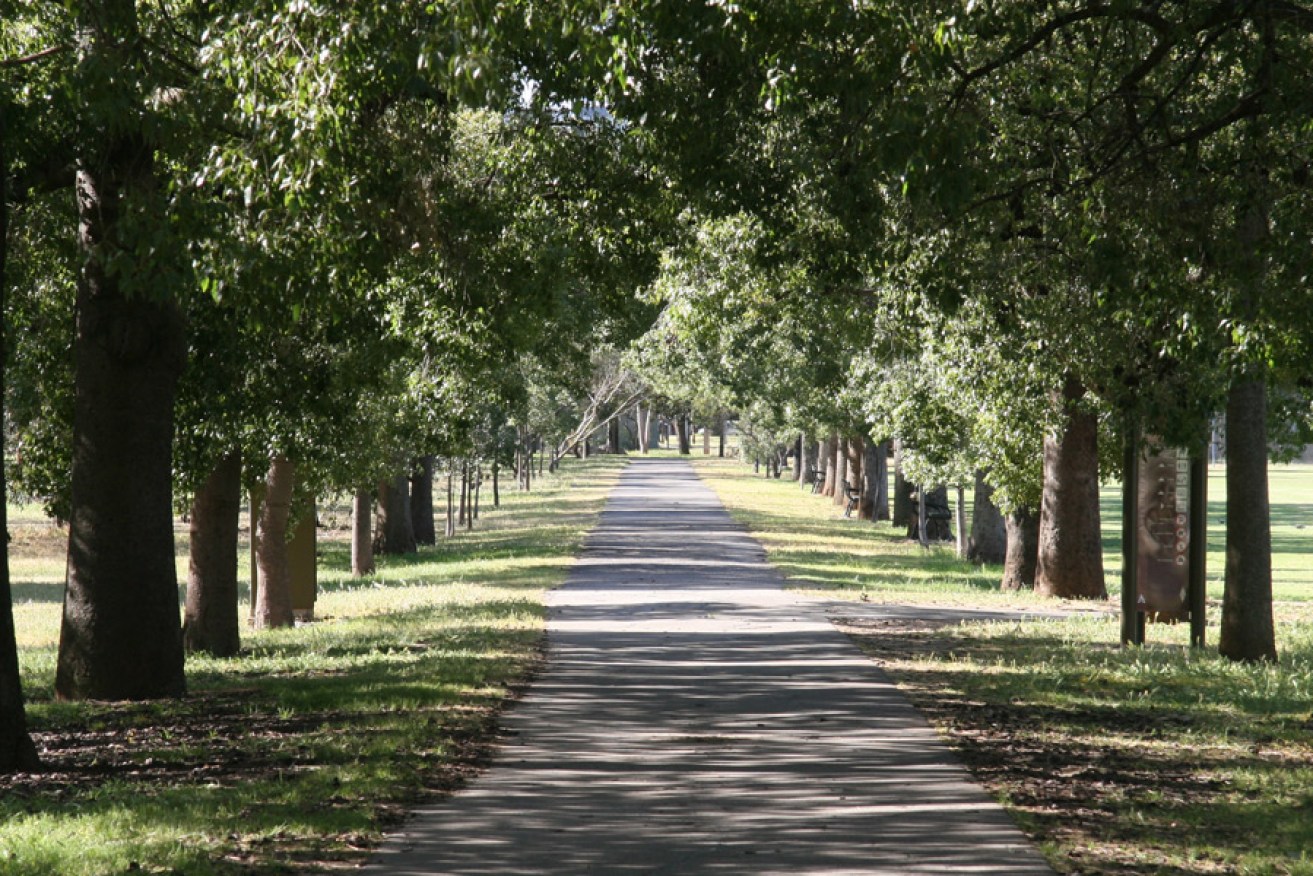The Adelaide Parklands are a phenomenal expanse of open land. Their sheer size is inspiring, visionary and a wonderful legacy. Yet while we are fortunate to have the world’s largest continuous CBD park, the obvious inequality of spending on facilities is cause for despair.
Most of the “good stuff” is within easy reach of Adelaide City Council voters, leaving us on the outer with large tracts of an unusable and uninviting space – a barren embarrassment of a wasted opportunity.
For decades, Adelaide City Council has been responsible for deciding what facilities go where. The facilities that are in the Parklands are really quite good – it’s just they’re all on the inside.
Democracy works only with full participation, when people affected by decisions are enfranchised to participate. The Adelaide Parklands are a classic example of selective democracy, where out of two groups, only one is represented. It’s the classic equation for democratic inequality and any aerial photo of the Parklands will amply demonstrate what happens in a system such as this.
Very little money has ever been invested on the outer edges of the Parklands, and under the current arrangement, little money ever will be spent, leaving the outer edge of the Adelaide Parklands a destitute, uninteresting and unfriendly place.
It is a concentration of power over a long period of time which has led to this inequitable spending. It must be changed.
To demonstrate the inequality in Parklands’ facilities, simply compare what is adjacent to the voters along South Terrace with what’s adjacent to the non-eligible voters along Greenhill Road.
The South Terrace Parklands has three children’s playgrounds, four toilet blocks, two extensive sculpture gardens (the Hamaji and Veale gardens), a walkway flyover for pedestrians, and various barbecue and recreational facilities. Yet at the opposite end along Greenhill Road, there is not one children’s playground, sculpture garden or flyover. There is a solitary barbecue, a single toilet and a lot of dust and overgrown grass.
Unley’s residents have no influence in the strategic direction of the Parklands, so there are no kid-friendly, age-friendly, family-friendly, interesting facilities, bar a solitary barbecue and toilet. This example is mirrored around each edge of the Parklands.
Sadly, the Adelaide Park Lands Act (APLA) enables this inequality in how money is spent. It’s time this Act was amended and we need legislative changes to enable the voices of the residents living around the outside edge of the Parklands to have a say.
There can be no denying that something needs to happen. I understand that the conversation can often look like it’s going around in circles, but to have one party or interest group make decisions on behalf of the wider community is ludicrous.
It is also important to realise that the benefits will not stop at council boundaries, as the whole city and state can benefit from positive improvements.
I foresee a greater strategic role for the various inner-rim councils in the planning process for the Parklands, and I think the City of Unley specifically should be given a seat on the Adelaide Park Lands Authority.
I strongly believe that the Adelaide Parklands could be among the best in the world, and we have a very real opportunity to take strong and collaborative steps towards making that a reality.
What’s your view on the Adelaide Parklands? Send letters via email to [email protected], including your full name. The editor reserves the right to edit letters.





